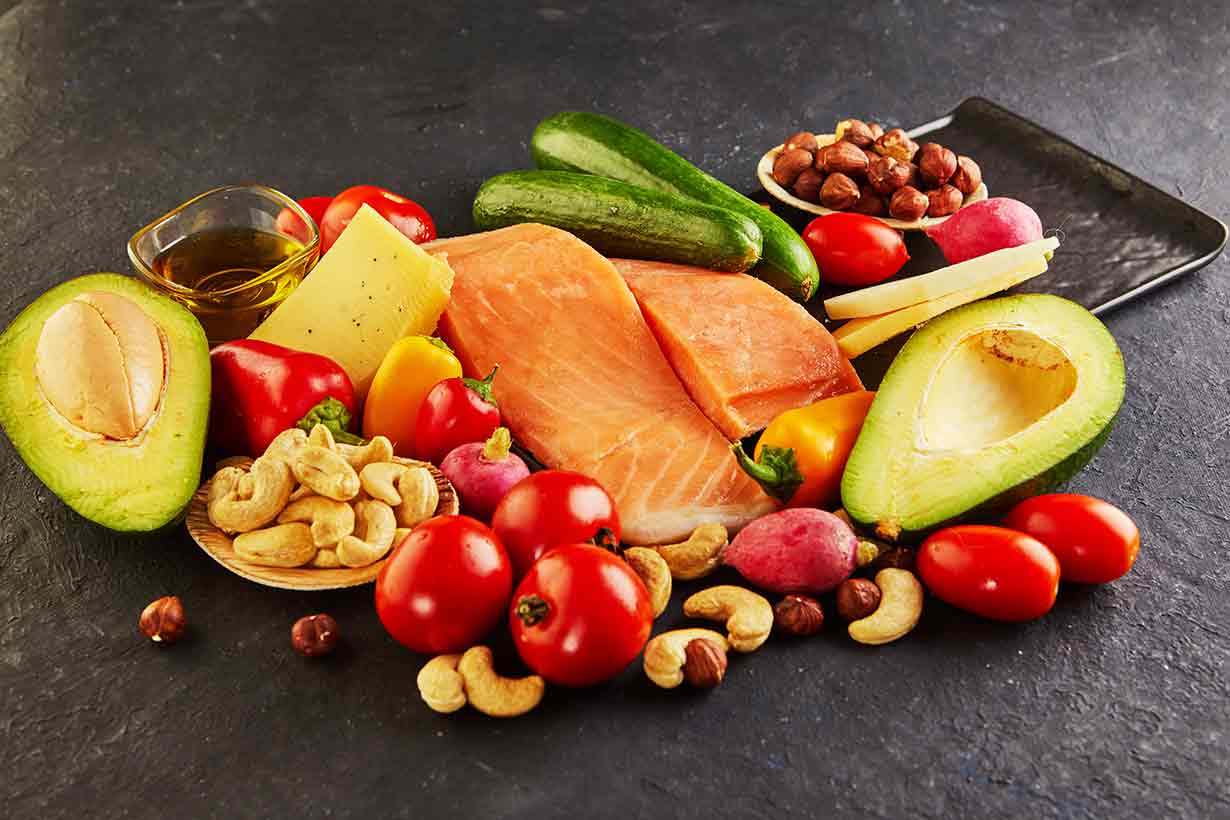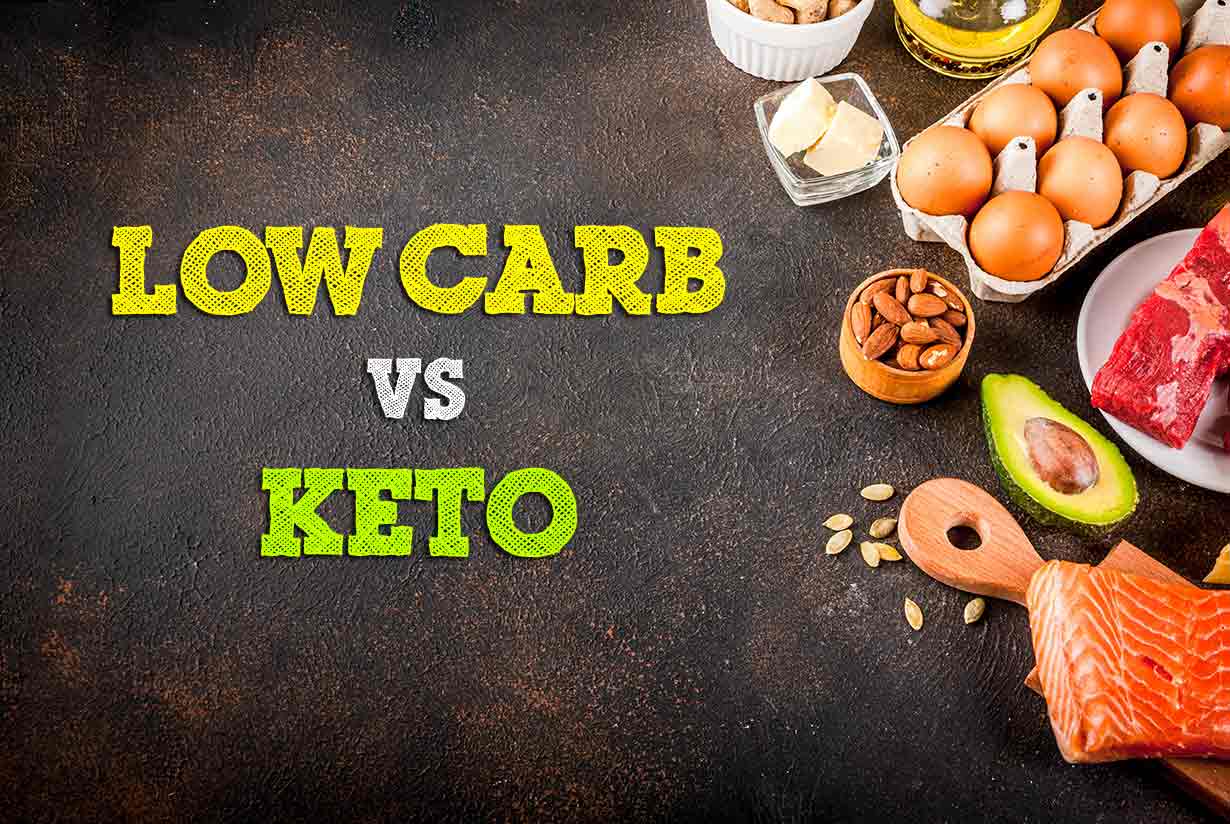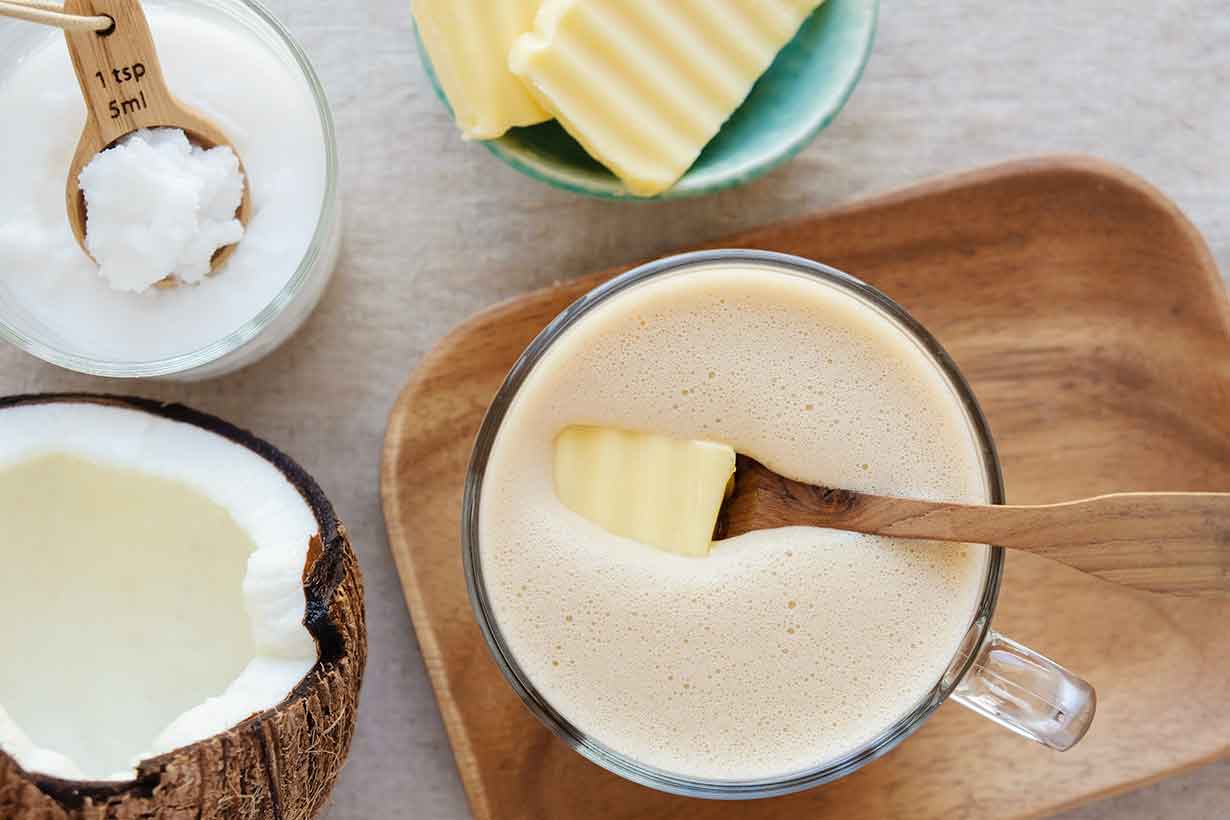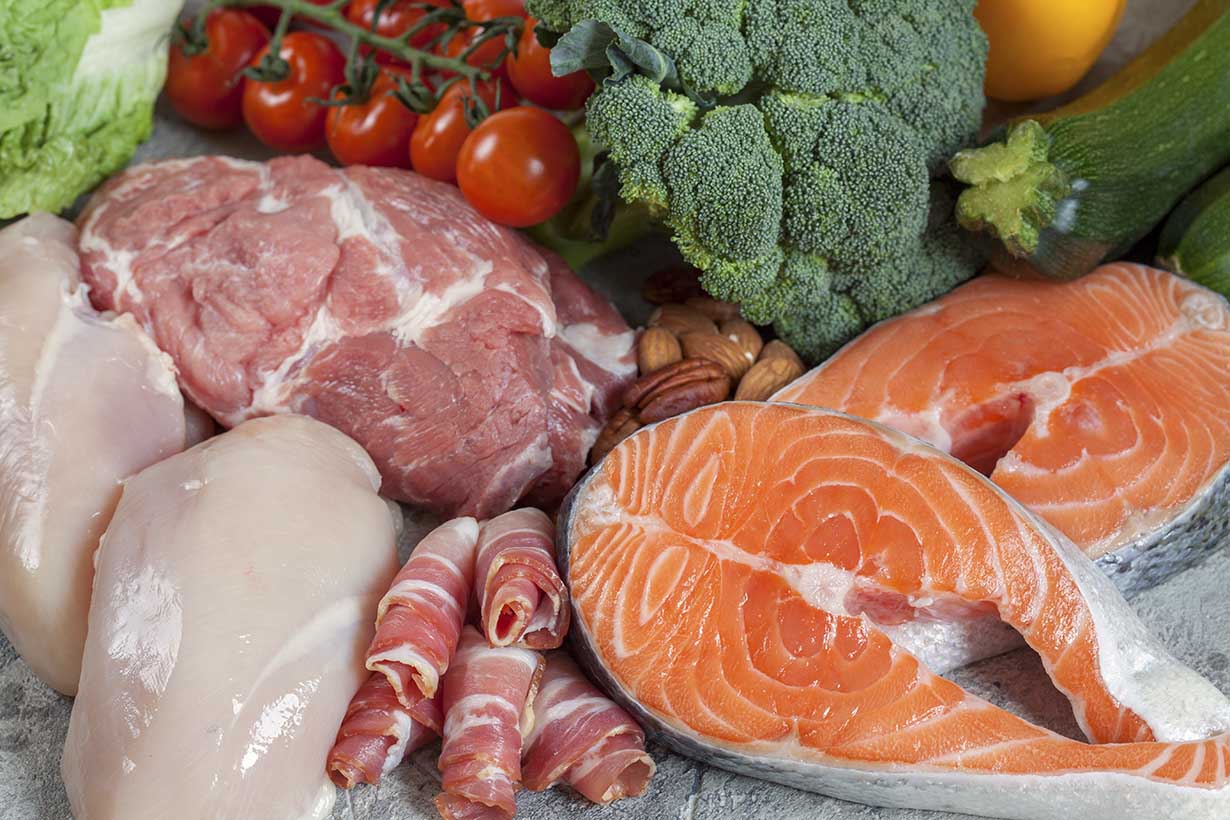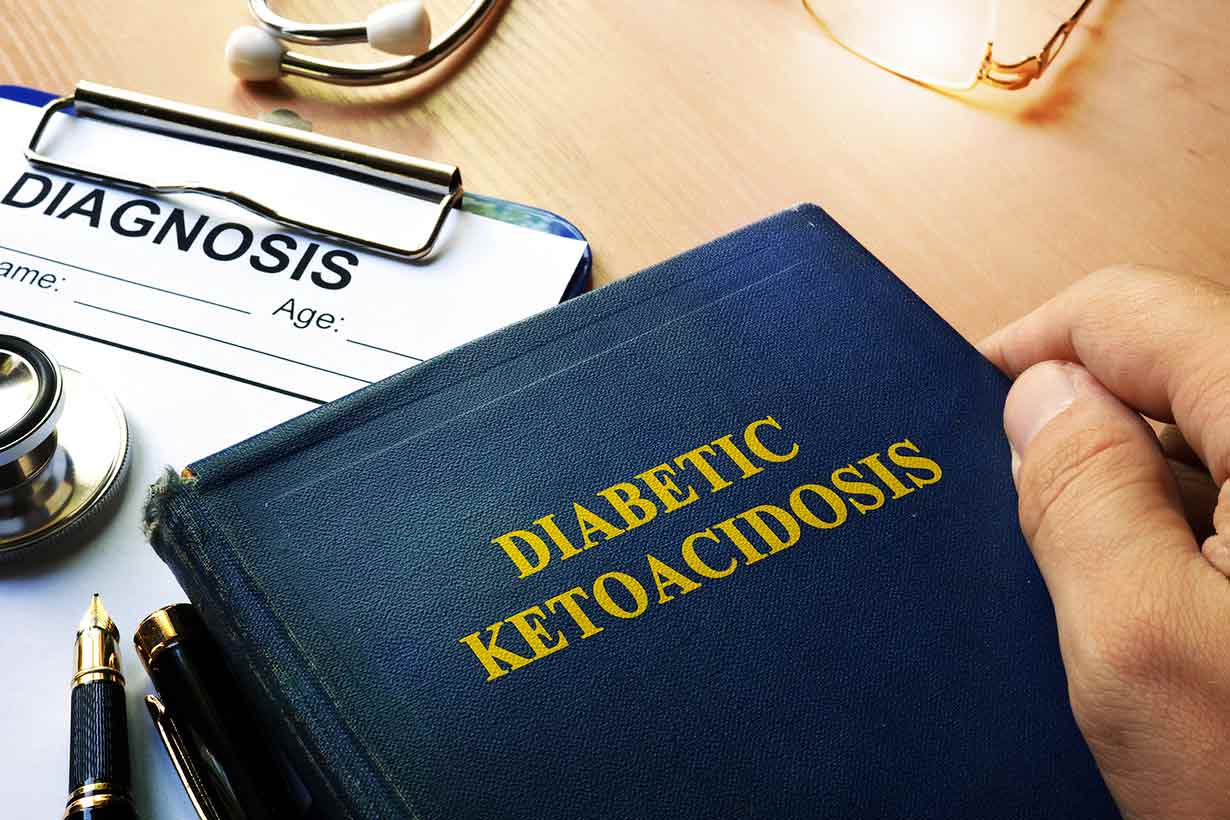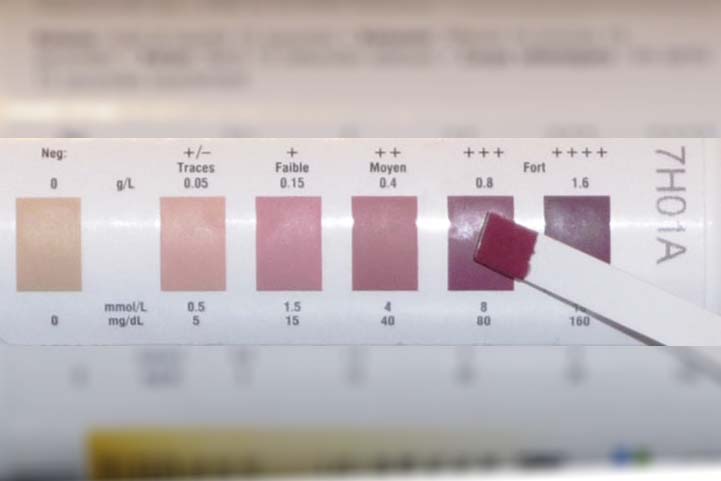Ketogenic diets are very-low-carb dietary patterns that have become popular over the last decade.
If you plan to start a ketogenic diet, understanding which foods are a suitable fit for the dietary pattern is essential for successful adherence.
With this in mind, this article provides a keto shopping list featuring the most suitable (i.e. low-carb-friendly) foods.
For each food, we present the total carbohydrate content and net carbs clearly.
Keto Shopping List
Below you will find a keto diet food list showing a variety of keto-friendly foods along with their carbohydrate content.
The data is shown in tables spread over ten different categories, including:
- Dairy
- Fruit
- Meat
- Nuts
- Oils and Fats
- Poultry
- Seafood
- Seeds
- Vegetables
- Everything else (such as sauces, snacks, and condiments)
About the Carb Count
For all foods, the carbohydrate data is presented per 100g, allowing you to make like-for-like comparisons.
‘Total carbs’ refers to the overall amount of carbohydrates in the food.
In contrast, ‘net carbs’ means the amount of non-fiber carbohydrates in the food — the carbs that are digested into glucose.
Some foods can be high in carbohydrates but very low in net carbs (such as cacao), while others can be the opposite.
As a general guideline, it is thought that the upper limit of dietary carbohydrate intake to stay in ketosis is approximately 50g of carbohydrates per day (1).
Sources
The USDA’s FoodCentral Database is the source for all nutritional values.

Share this Image On Your Site
Dairy
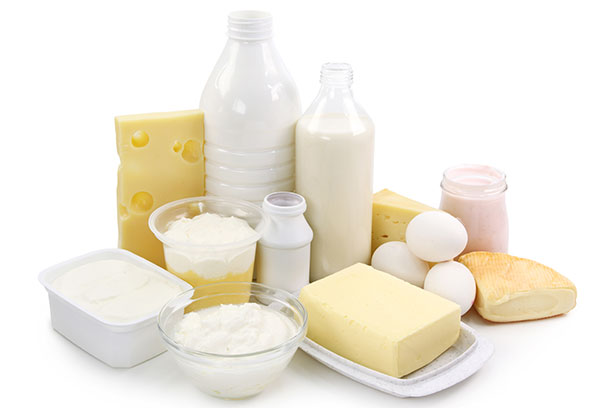
Most dairy foods are an excellent choice for a keto diet, at least in terms of their low-carbohydrate content.
However, some dairy foods may still need to be limited. For example, while milk is a nutrient-rich option, it contains approximately 5 grams of lactose—otherwise known as milk sugar—per 100 ml.
Two regular cups of milk a day would provide nearly 25 grams of carbohydrates, before accounting for any other foods in the diet.
In other words, moderation is required with milk for individuals adhering to a strict ketogenic diet.
| Food | Total Carbs | Net Carbs |
| Butter | 0.1 | 0.1 |
| Cheese (hard – parmesan) | 3.2 | 3.2 |
| Cheese (medium hard – cheddar) | 1.3 | 1.3 |
| Cheese (soft – brie) | 0.5 | 0.5 |
| Clotted Cream | 2 | 2 |
| Cottage Cheese | 3.4 | 3.4 |
| Cream Cheese | 4 | 4 |
| Ghee | 0.4 | 0.4 |
| Greek Yogurt | 4 | 4 |
| Heavy Cream | 2.8 | 2.8 |
| Kefir | 5 | 5 |
| Milk (whole) | 5 | 5 |
| Sour Cream | 4 | 4 |
| Quark | 4 | 4 |
Not only are most dairy foods low in carbohydrates, but they also tend to be nutrient-rich and a source of fat-soluble vitamins (2, 3).
Fruit
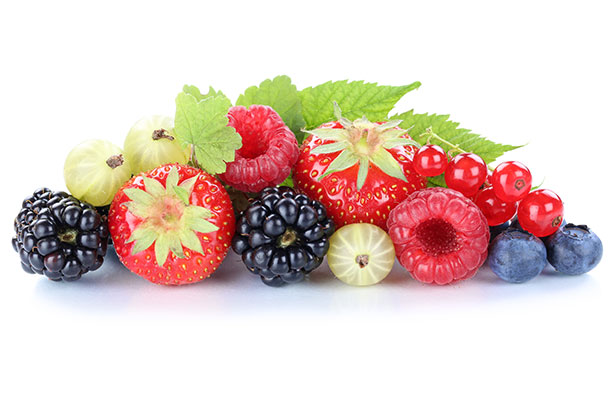
Technically, you can eat any fruit you want on a ketogenic diet if you’re watching your overall carb intake.
However, it’s better to focus on lower-sugar fruits for the least carbohydrate content.
Some good examples are below.
| Food | Total Carbs | Net Carbs |
| Avocado | 9 | 2 |
| Blackberries | 10 | 5 |
| Blueberries | 14.5 | 12.4 |
| Boysenberries | 12.2 | 6.9 |
| Cloud Berries | 8.6 | 8.6 |
| Cranberries | 12.2 | 7.6 |
| Elderberries | 18.4 | 11.4 |
| Gooseberries | 10.2 | 5.9 |
| Huckleberries | 8.7 | 8.7 |
| Lemon | 9.3 | 6.5 |
| Lime | 11 | 8 |
| Olives (black) | 6.3 | 3.1 |
| Olives (green) | 4 | 1 |
| Raspberries | 11.9 | 5.4 |
| Rhubarb | 4.5 | 2.7 |
| Salmonberries | 10.1 | 8.2 |
| Strawberries | 7.7 | 5.7 |
| Tomatoes | 3.9 | 2.7 |
As you can see, berries and fatty fruits (avocado and olives) dominate the table.
One important point to remember when putting your keto shopping list together is that carbohydrates are not bad. There should be no fear of carbohydrates in foods like fruit and vegetables.
However, while these foods can be perfectly healthy choices, they may not be the right fit specifically for a very low-carb ketogenic diet. In other words, when following a diet that restricts carbohydrate intake to such low levels, it is important to choose those carbohydrates wisely.
For instance, a cup of cooked white rice has approximately 37 grams of carbohydrates, and it isn’t particularly nutrient-rich (4). On the other hand, avocado, olives, and berries all contain a very small carbohydrate load but also provide a wide range of nutrients.
Meat
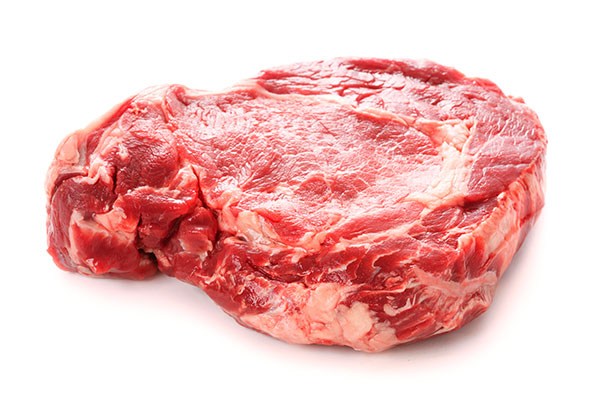
There are no real restrictions on the type of meat on a ketogenic diet.
Here is the carbohydrate content for a range of meat products:
| Food | Total Carbs | Net Carbs |
| Bacon | 1.5* | 1.5* |
| Beef – all cuts | 0 | 0 |
| Buffalo | 0 | 0 |
| Ham | 0 | 0 |
| Lamb | 0 | 0 |
| Mutton | 0 | 0 |
| Organ Meats – liver | 3.8 | 3.8 |
| Pork | 0 | 0 |
| Prosciutto | 0.3* | 0.3* |
| Salami | 3.8* | 3.8* |
| Sausages | 0** | 0** |
| Venison | 0 | 0 |
* Cured meat products such as bacon and salami often contain tiny amounts of sugar.
** Based on 99% meat sausages; be careful as some brands of sausage use significant amounts of flour in their products.
Nuts
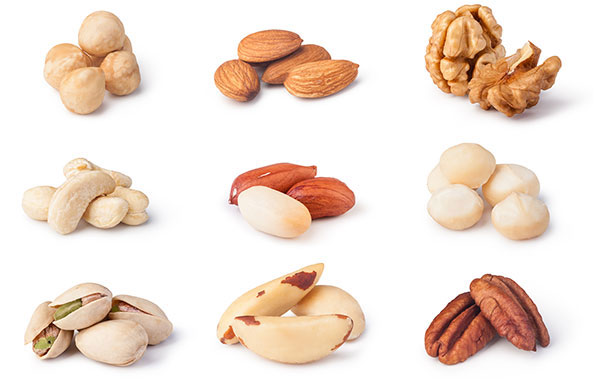
There are many types of nuts to choose from, and not all of them are low in carbs.
In fact, some nuts—such as cashews—have quite a high carbohydrate load.
But all things considered, nuts are a healthy food that belongs on your keto shopping list.
On the downside, they are very energy-dense; 100g of nuts can come to around 700 calories.
With this in mind, it is important not to over-consume nuts – a small handful is easily enough.
| Food | Total Carbs | Net Carbs |
| Almonds | 21.7 | 9.5 |
| Brazil Nuts | 12.3 | 4.8 |
| Hazelnuts | 16.7 | 7 |
| Macadamia | 14.2 | 5.6 |
| Peanuts | 16.1 | 7.6 |
| Pecans | 14 | 4.4 |
| Pine Nuts | 13.1 | 9.4 |
| Walnuts | 13.7 | 7 |
All of these nuts are full of important vitamins and minerals, and they taste great.
Oils and Fats

Regarding fats and oils, the first thing to remember is that just because a certain food is ketogenic doesn’t necessarily make it healthy.
For instance, arguably one of the unhealthiest food ingredients is ‘keto’ by nature.
For example, partially hydrogenated trans fats have links to cancer and cardiovascular heart disease (5, 6).
And yes, these foods are ‘ketogenic’ – no carbs in sight! So, again, it’s not just the amount of carbs that matter — it’s the food and nutrient quality.
In this context, it can be wise to limit the amount of isolated fats from butter and oils, since they can add a significant amount of fat and calories to the diet.
That said, here is a list of some oils and fats with their (usually zero) carbohydrate content.
| Food | Total Carbs | Net Carbs |
| Avocado Oil | 0 | 0 |
| Butter | 0.1 | 0.1 |
| Canola Oil | 0 | 0 |
| Coconut Oil | 0 | 0 |
| Extra Virgin Olive Oil | 0 | 0 |
| Ghee | 0 | 0 |
| Goose Fat | 0 | 0 |
| Grapeseed Oil | 0 | 0 |
| Lard | 0 | 0 |
| Macadamia Nut Oil | 0 | 0 |
| Red Palm Oil | 0 | 0 |
| Rice Bran Oil | 0 | 0 |
| Sesame Oil | 0 | 0 |
| Soybean Oil | 0 | 0 |
| Sunflower Oil | 0 | 0 |
| Tallow | 0 | 0 |
As shown above, there are no carbs to worry about with fats and oils.
Poultry (and Eggs)
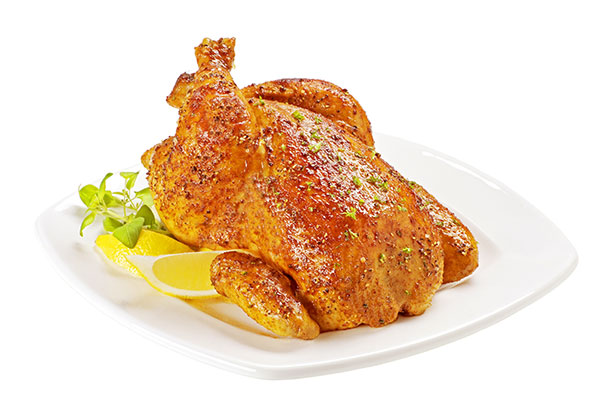
While poultry is not quite as nutrient-dense as red meat, it does contain a range of beneficial nutrients, and it is zero carb (7, 8).
Of course, the exception is fried chicken, which is neither ketogenic nor the healthiest of foods!
Eggs, on the other hand, are a nutrient-rich food that contains minimal carbohydrate levels.
| Food | Total Carbs | Net Carbs |
| Chicken | 0 | 0 |
| Duck | 0 | 0 |
| Eggs | 0.8 | 0.8 |
| Goose | 0 | 0 |
| Turkey | 0 | 0 |
| Quail | 0 | 0 |
Seafood
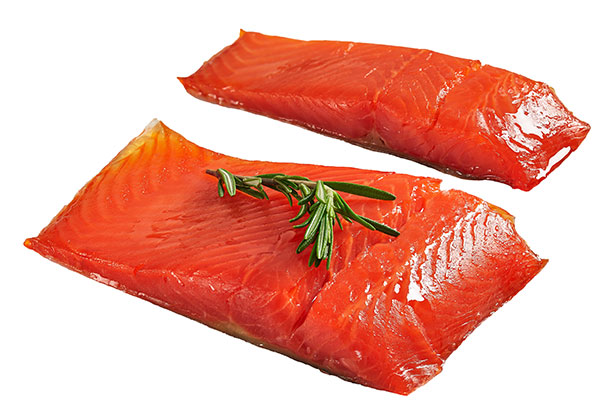
There are all kinds of different fish and shellfish that are perfect ketogenic foods.
Fish
Here are some of the most common edible fish that you can buy.
| Food | Total Carbs | Net Carbs |
| Anchovy* | 0 | 0 |
| Bream | 0 | 0 |
| Carp | 0 | 0 |
| Catfish | 0 | 0 |
| Cod | 0 | 0 |
| Flounder | 0 | 0 |
| Haddock | 0 | 0 |
| Halibut | 0 | 0 |
| Herring | 0 | 0 |
| Mackerel* | 0 | 0 |
| Sardines* | 0 | 0 |
| Salmon* | 0 | 0 |
| Swordfish | 0 | 0 |
| Tilapia | 0 | 0 |
| Trout* | 0 | 0 |
| Tuna | 0 | 0 |
To point out the asterisk next to five of these fish – this is for the purpose of identifying some of the best choices.
All these fish are low in mercury and also contain good amounts of omega-3 fatty acids (9, 10).
Shellfish and Other Seafood
Unlike fish, shellfish and other sea creatures do contain carbs—but only in minimal amounts.
Shellfish are also full of nutrients, and they are some of the most nutrient-rich foods you can eat.
| Food | Total Carbs | Net Carbs |
| Abalone | 6 | 6 |
| Clams | 2.6 | 2.6 |
| Cockles | 4.7 | 4.7 |
| Crab | 0 | 0 |
| Eel | 0 | 0 |
| Lobster | 0.5 | 0.5 |
| Mussels | 3.7 | 3.7 |
| Octopus | 2.2 | 2.2 |
| Oysters | 3.9 | 3.9 |
| Scallops | 0.8 | 0.8 |
| Sea Squirt | 2.2 | 2.2 |
| Shrimp | 0.9 | 0.9 |
| Squid | 3.1 | 3.1 |
Seeds

Seeds are interesting in that they contain large amounts of fat, but also a high amount of carbohydrate.
However, as you can see from the table below, the majority of the carbs are from fiber and non-digestible.
| Food | Total Carbs | Net Carbs |
| Chia Seeds | 43.8 | 6.1 |
| Flaxseed | 28.9 | 1.6 |
| Hemp Seeds | 12 | 5 |
| Pumpkin Seeds | 17.8 | 14.9 |
| Sesame Seeds | 23.4 | 11.6 |
| Sunflower Seeds | 20 | 11.4 |
Don’t feel like you have to include seeds on your keto shopping list.
They are reasonably healthy food that can help with meeting nutrient requirements, but they’re not necessary.
Vegetables
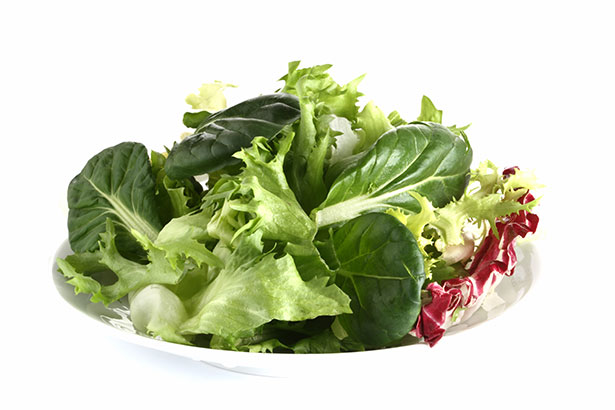
There are hundreds of vegetables that are suitable for a keto diet.
One of the first that comes to mind is zucchini, especially considering it’s the base vegetable for the infamous ‘zoodles’ (or zucchini noodles).
Generally speaking, for the purpose of a ketogenic diet, it is better to emphasize leafy greens as they contain minimal amounts of carbohydrates. In addition, leafy greens are extremely nutrient-rich — especially foods such as spinach and seaweed (15, 16).
While starchy vegetables such as potatoes and sweet potatoes do offer valuable nutrients, they are too high in carbohydrates for a ketogenic diet.
| Food | Total Carbs | Net Carbs |
| Artichoke | 10.5 | 5.1 |
| Asparagus | 3.9 | 1.8 |
| Beets | 13 | 9.2 |
| Bell Pepper | 6.3 | 4.2 |
| Bok Choy | 2.2 | 1.2 |
| Broccoli | 7 | 4 |
| Brussels Sprouts | 9 | 5 |
| Cabbage | 5.8 | 3.3 |
| Carrot | 10 | 7 |
| Cauliflower | 5.3 | 2.8 |
| Celery | 3 | 1 |
| Chives | 4.4 | 1.9 |
| Cucumber | 3.6 | 3.1 |
| Eggplant | 6 | 3 |
| Garlic | 33.1 | 31 |
| Green Onion | 7.3 | 4.7 |
| Kale | 10 | 8 |
| Kohlrabi | 6.2 | 2.6 |
| Leek | 14.2 | 12.4 |
| Mushrooms (white) | 3.3 | 2.3 |
| Napa Cabbage | 3.9 | 2.6 |
| Okra | 7 | 3.8 |
| Radish | 3 | 2 |
| Romaine Lettuce | 3.3 | 1.2 |
| Red Onion | 9 | 7 |
| Rutabaga | 8 | 5 |
| Spaghetti Squash | 6.5 | 5.1 |
| Spinach | 3.6 | 1.4 |
| Turnip | 6.4 | 4.6 |
| Yellow Onion | 9 | 7 |
| Zucchini | 3 | 2 |
Overall, most vegetables are low in net carbs and suitable for your grocery list.
However, if you want to stay in ketosis, then limit the amount of higher-carb veggies such as carrots and onions.
Condiments / Sauces / Snacks

As many of these foods are commercial products, keep in mind that the nutritional values may change depending on the brand.
However, providing you read the labels to confirm the ingredients, they are still relatively low-carbohydrate foods to put on your keto grocery list.
| Food | Total Carbs | Net Carbs |
| Almond Butter | 21.2 | 17.5 |
| Beef Jerky | 0* | 0* |
| Cacao Nibs | 35.7 | 3.6 |
| Cacao Powder | 57.9 | 24.7 |
| Coconut Chips | 25 | 7 |
| Dark Chocolate (85% – Vivani) | 35.7 | 21.4 |
| Kimchi (commercial) | 7 | 6.2 |
| Peanut Butter (chunky style) | 22 | 14 |
| Pork Rinds (Pork Crackling) | 0 | 0 |
| Salsa | 7 | 6 |
| Sauerkraut | 5 | 2 |
| Tamari Soy Sauce | 6 | 5 |
| Tomato Paste | 19 | 15 |
| Whey Protein | 17.6 | 14.1 |
| Wholegrain Mustard | 10 | 10 |
Final Thoughts
All in all, ketogenic diets are one of the most restrictive dietary patterns, and they cut out numerous nutritious foods.
However, a wide range of nutrient-rich foods can still fit into a ketogenic diet plan.
For more information on ketogenic diets, see this guide to nutritional ketosis.

